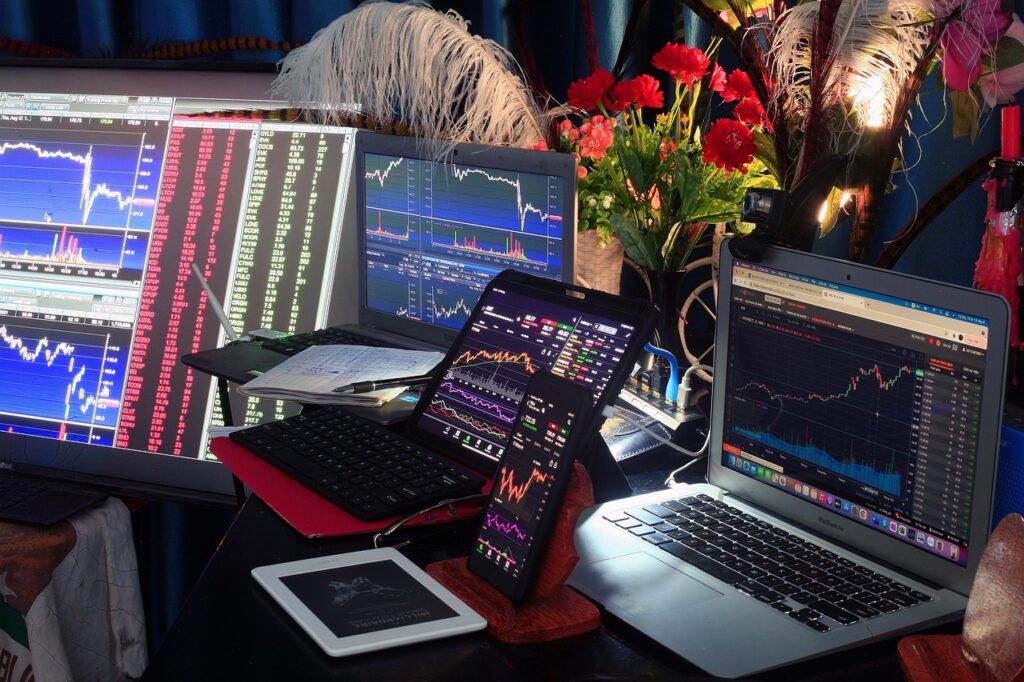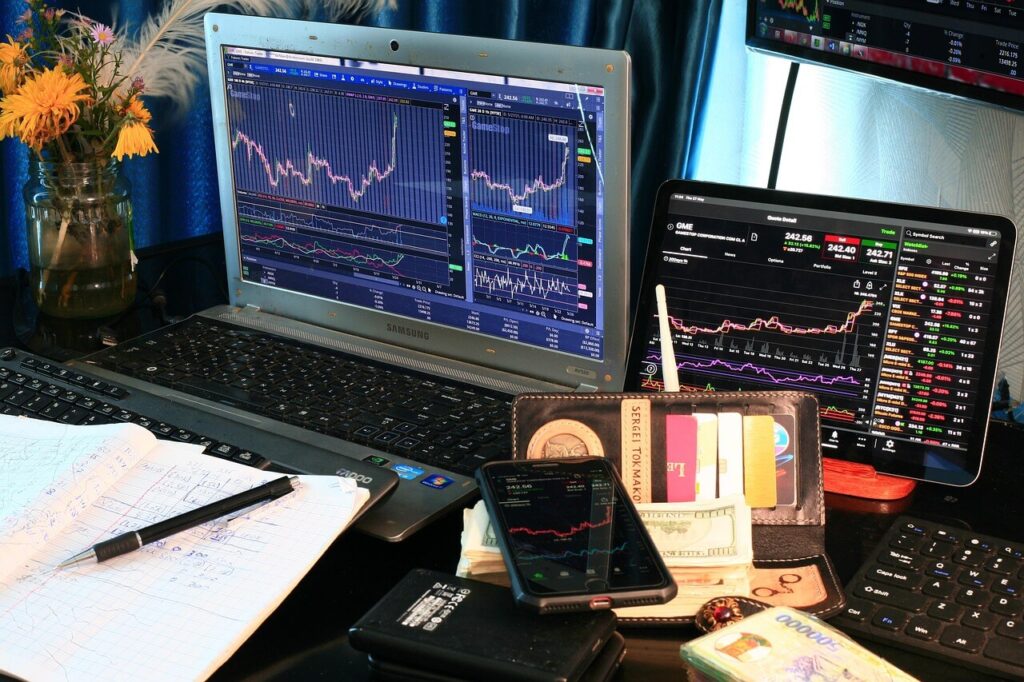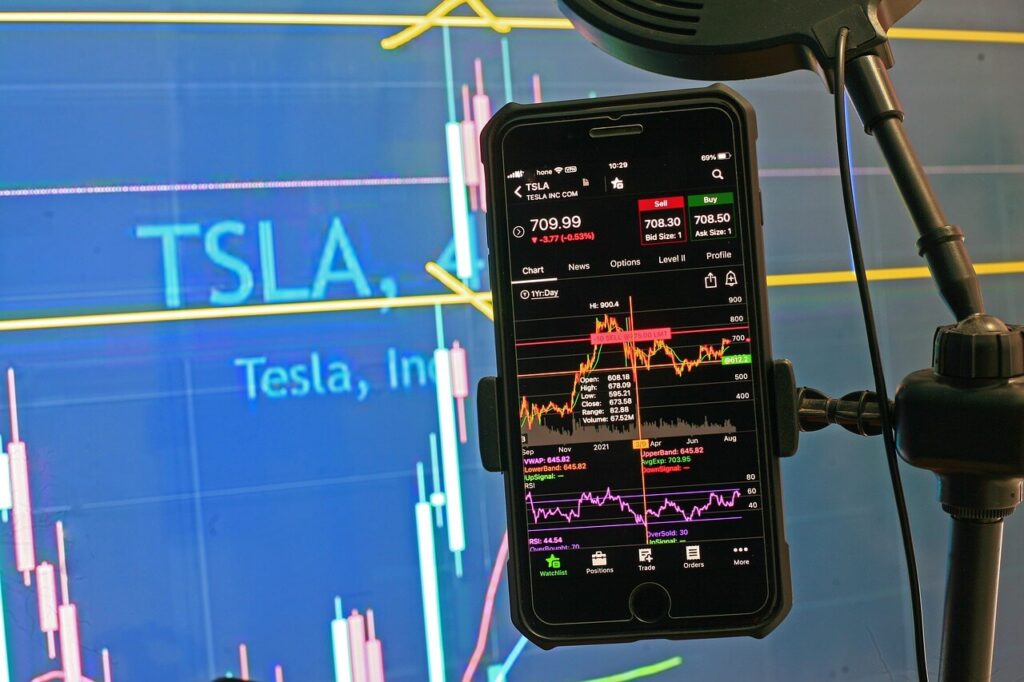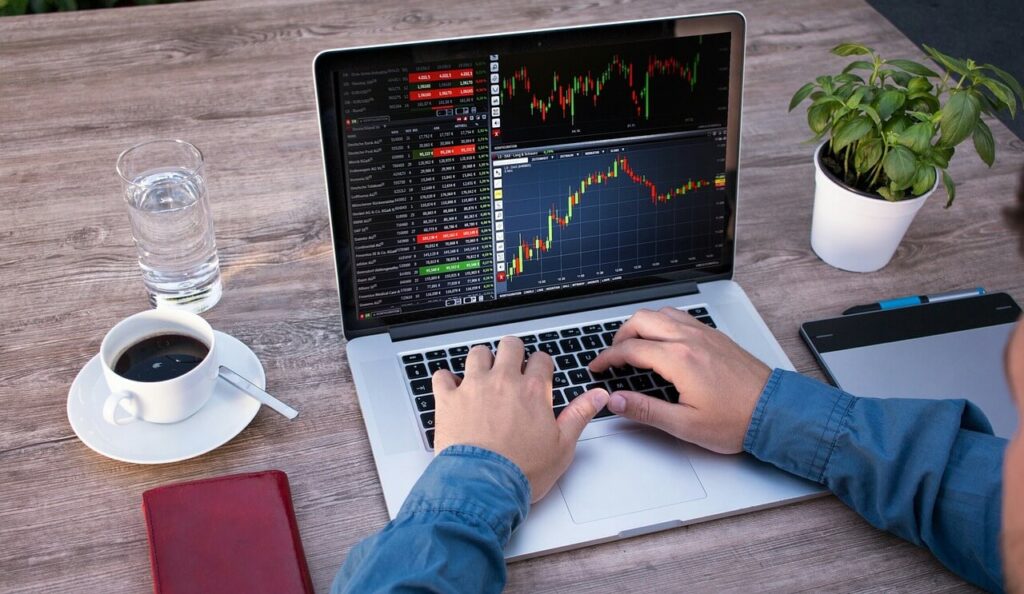
Before you open another chart, pause for a second: how your workspace is organised will shape your trading more than one extra indicator ever will. If you trade multiple assets FX, indices, commodities, crypto, you need a setup that helps you see correlations, manage risk, and act fast when the market moves. A practical place to start is checking execution and platform features for MT5 trading, then shaping your desk around what the platform does best, not around a clutter of windows you rarely use .
In this piece I skip the gear porn and focus on what actually matters: sightlines, information flow, decision hygiene and ergonomics. Think of your workspace as a cockpit: it should present the vital instruments cleanly, make secondary systems available without fuss, and reduce the chance of error when things get noisy.
Choose a core layout and stick to it

When traders talk about multiple monitors and dozens of charts, what they often mean is confusion. Start simple. Pick a core layout and keep it consistent across sessions. A solid baseline looks like this:
- One primary monitor for your active trade workspace: price action charts, order panel, and current positions.
- A second monitor for context: correlated markets, news feed, and economic calendar.
- A third monitor (optional) for research, logs and chat or community channels.
Why this order? The active monitor is where decisions are executed; it must be uncluttered. Context is critical, but it should not compete visually with the order panel. Research and chatter belong off to the side so they don’t hijack your attention during entries and exits.
Decide on a grid: 2×2 on the main monitor works well for many traders, letting you keep four timeframes or instruments visible without overlap. If you use MT5, configure your profiles and templates so that switching between strategies is a single click, not a manual reframe every morning.
Make timeframes hierarchical, not identical
If you stare at multiple charts of the same timeframe, you’re not getting breadth, you’re amplifying noise. Instead, build a timeframe ladder: top-left is your structural view (daily), top-right tactical (4H), bottom-left trigger (1H or 15m), bottom-right execution or order view (1m and order ticket). This gives you a clear path from idea to execution: structure, setup, trigger, action.
For multi-asset work, keep the same ladder for each instrument type so your brain learns the pattern. You’ll start to recognise that a particular setup on the 4H in oil often behaves differently to the same pattern in EURUSD; the ladder helps with that comparative judgment.
Use correlation panels, not guesswork

Correlations matter. A move in US crude can push energy stocks, which drags indices and then ripples back to FX. Don’t rely on intuition. Add a compact correlation panel to your context monitor that shows short-term and medium-term correlations across your chosen instruments. MT5 allows you to keep correlated tickers arranged and cross-checked quickly; use the platform’s symbol groups and Market Watch to create baskets.
When a correlation shifts, for example, when gold starts tracking the dollar intraday, that should trigger a reassessment of aggregated exposure. Correlation panels make this visible at a glance so you can reduce positions that are accidentally doubling your risk.
Prioritise order clarity: execution panels, hotkeys and templates
The moment you decide to enter a trade, execution friction is your enemy. Have a clear order panel that shows position size, set stop and take profit levels in pips and currency, and preview the expected slippage or commission. Avoid placing market orders blind; use bracket orders or preconfigured risk templates wherever possible.
Hotkeys are indispensable for active traders. Map keys for common actions: place market order, cancel all pending orders, flatten positions, and toggle between account profiles. Test them thoroughly on demo until they feel instinctive. On MT5, save order templates for each strategy so sizing and stop logic are applied automatically when you open a ticket.
Keep a compact news and data layer

News is noise if it’s not filtered. Create a tiny news ribbon on your context monitor that only alerts on high-impact events relevant to your instruments. Combine that with a one-click economic calendar and a simple heatmap showing realized volatility. When you see a red flag, a scheduled CPI release for the US while you’re long S&P futures, it’s easier to pause or hedge.
Automated alerts are helpful, but don’t let them dictate trades. Configure alerts for price, volume spikes, or correlation breakouts and route them to a small audible cue rather than a blinking wall of notifications.
Logging and journaling must be frictionless
If you don’t log your trades, you’re flying blind. Keep a compact trade journal on the third monitor: date, instrument, direction, size, stop, entry, exit, and a one-line reason. Add a simple field for emotion (calm, anxious, confident) and a checkbox whether the trade followed your plan.
Automate as much as possible: MT5 export logs can feed into a spreadsheet that calculates win rate, expectancy and max drawdown. Reviewing those metrics weekly is far more valuable than an extra indicator on your chart.
Ergonomics: chair, keyboard and eye health matter more than RGB

Comfort isn’t luxury. A poor chair or awkward keyboard placement increases microfatigue and leads to sloppy clicks. Invest in a chair with lumbar support, position monitors so the top third sits at eye level, and keep the keyboard and mouse within easy reach. Use a mechanical keyboard with tactile feedback for hotkeys if you trade actively.
Lighting matters too: prefer indirect ambient light to avoid glare, and consider a blue-light filter for long sessions. Take a short break every 50–60 minutes; step away, stretch, and return refreshed. Your judgment degrades with fatigue long before the market does.
Risk aggregation: see total exposure across assets
One mistake multi-asset traders make is treating each market independently. Your account cares only about total exposure. Create a simple dashboard that aggregates risk by currency, sector, or correlated baskets: total USD exposure, total oil exposure, net directional bets. This dashboard should be visible on your context monitor and updated in real time.
When you notice your USD exposure creeping above your risk limit because of simultaneous FX and commodity positions, it’s easier to trim than to be surprised when a single unexpected macro move hits everything.
Build redundancy and emergency plans

Technology fails. Have a backup laptop and mobile trading app configured with the same credentials, and make sure hotkeys and templates are replicated there where possible. Keep a contact list for your broker’s support and a short script to send in an emergency ticket: account, time, instrument, problem, request. That reduces panic and speeds resolution.
Finally, rehearse your emergency plan quarterly. Try a simulated failover: disconnect one monitor and execute a planned trade using only the laptop and mobile app. You’ll find gaps to fix before they matter.
Trade Smarter by Designing the Right Space

Your multi-asset workspace should be stable, not chaotic. Pick a consistent layout, use a timeframe ladder for clarity, and integrate correlation and risk dashboards so you see aggregate exposure at a glance. Prioritise execution ergonomics: hotkeys, order templates and a clean order panel. Keep news filtered, automate journaling, and make redundancy routine.
If you’re using MT5 trading as your platform, invest time in profiles, templates and symbol groups now; they save minutes that add up to better decisions later. A tidy cockpit doesn’t guarantee profits, but it prevents many avoidable losses and that is the foundation of consistent trading.

